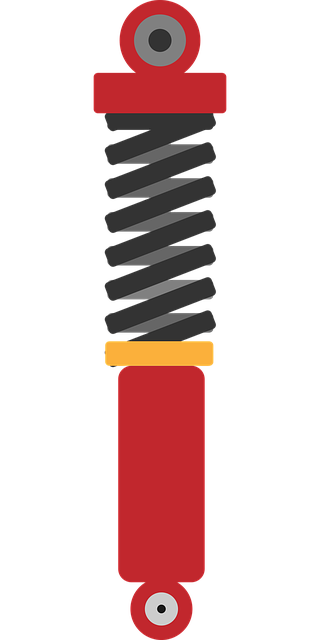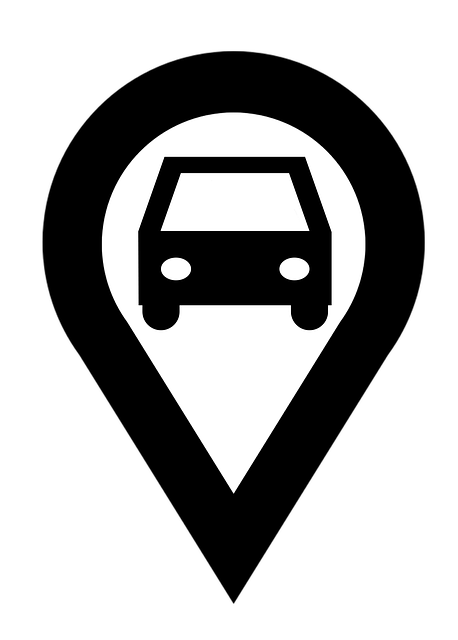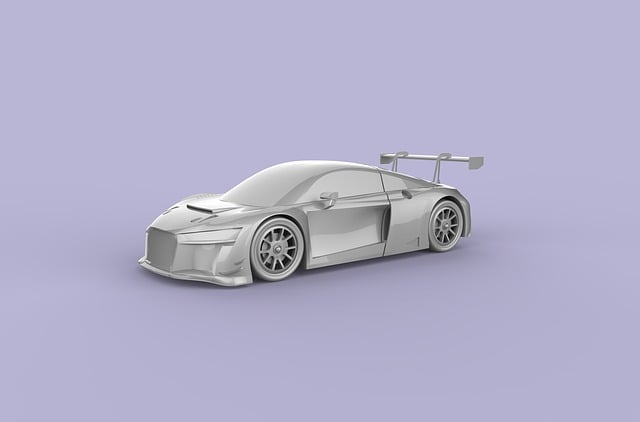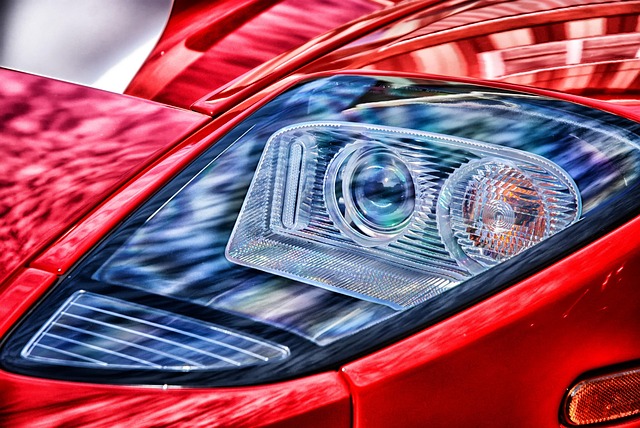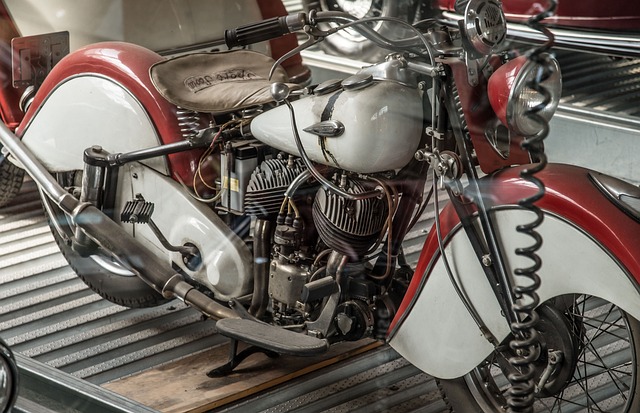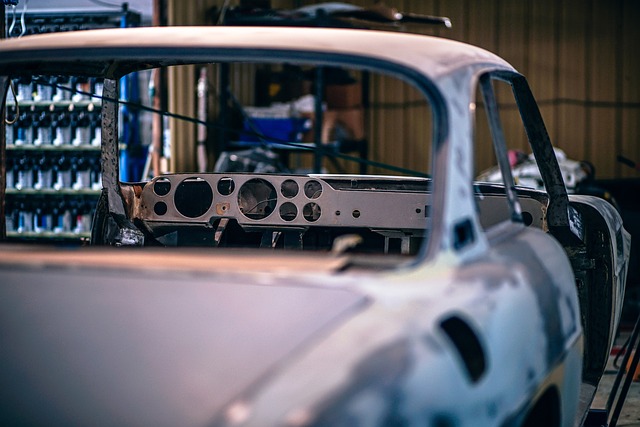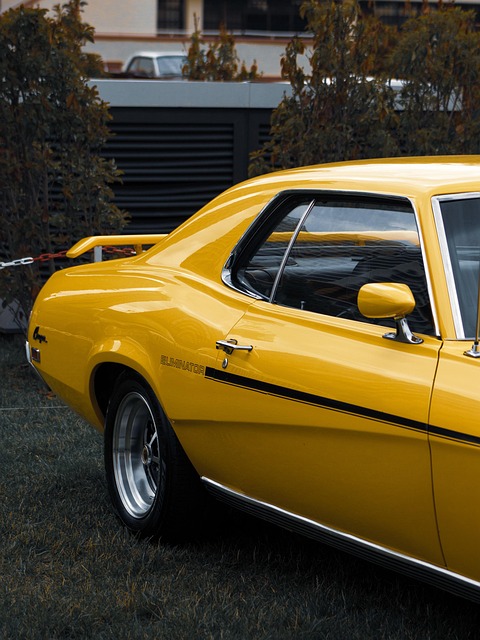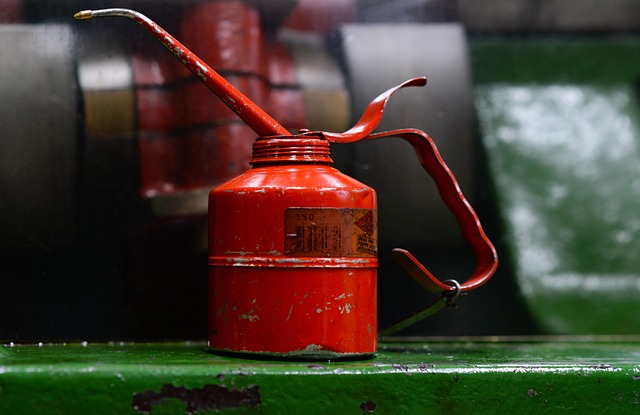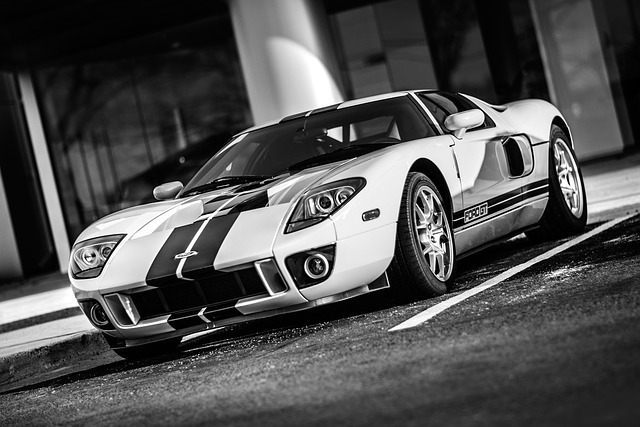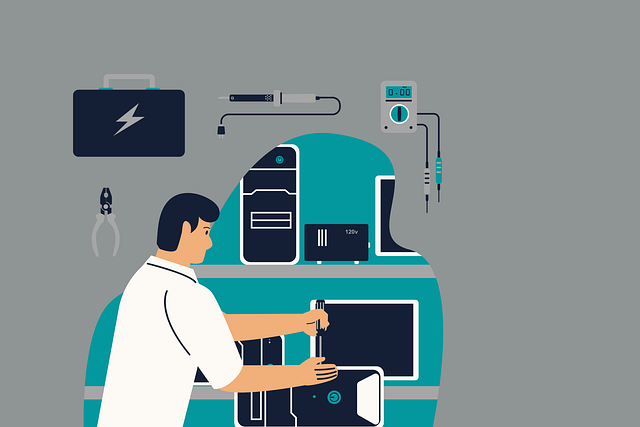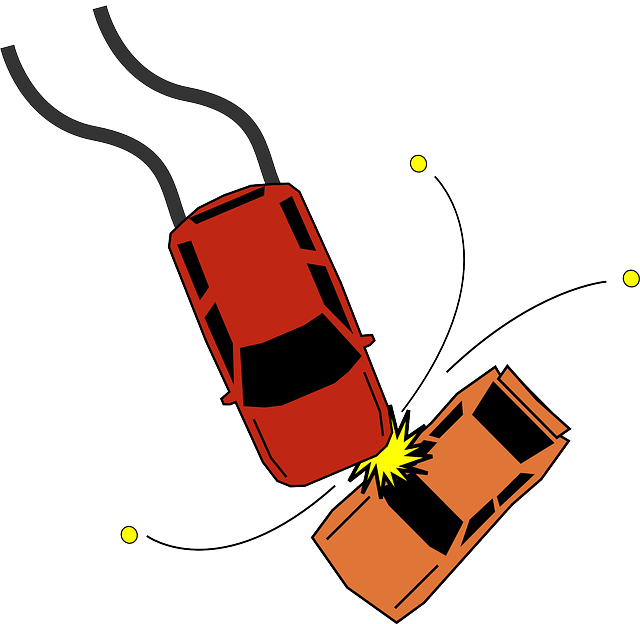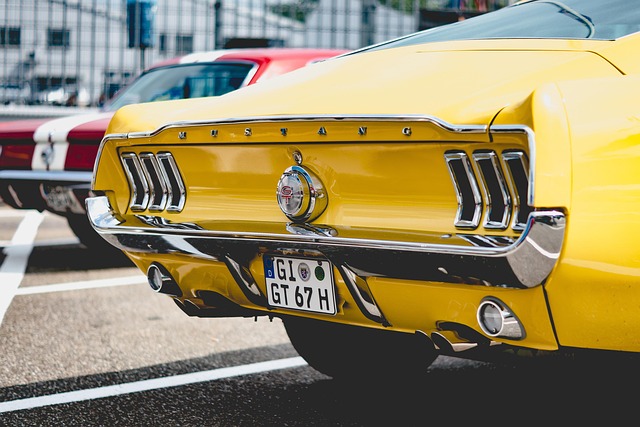In a competitive automotive market, body shops must embrace technological advancements like Integrated Mobile PDR (Paintless Dent Repair) to stay ahead. This method offers precise car paint repair without traditional painting, expediting processes, reducing costs, and maintaining vehicles' original finishes. By combining mobile technicians' cutting-edge tools with stationary shops' digital systems, this fusion creates efficient workflows, enhancing service tailored to modern collision repair needs. Adopting PDR technology benefits both shops and clients, ensuring faster repairs, improved customer satisfaction, streamlined operations, and reduced overheads, ultimately driving long-term success for PDR in the body shop industry.
Mobile PDR (Precision Damage Repair) is transforming the automotive industry, offering a unique solution for both mobile and stationary body shops. This innovative technology streamlines damage assessment and repair processes, enhancing efficiency and precision. By integrating Mobile PDR into their operations, body shops can unlock faster turnaround times, reduce costs, and provide an improved customer experience. Understanding this process and its benefits is crucial for body shops aiming to stay competitive in the modern market, ensuring they offer advanced, tech-driven services.
- Understanding PDR for Body Shops: Unlocking Efficiency and Precision
- The Integration Process: Seamlessly Merging Mobile and Stationary Operations
- Benefits of Adopting PDR Technology: Enhancing Customer Experience and Shop Performance
Understanding PDR for Body Shops: Unlocking Efficiency and Precision
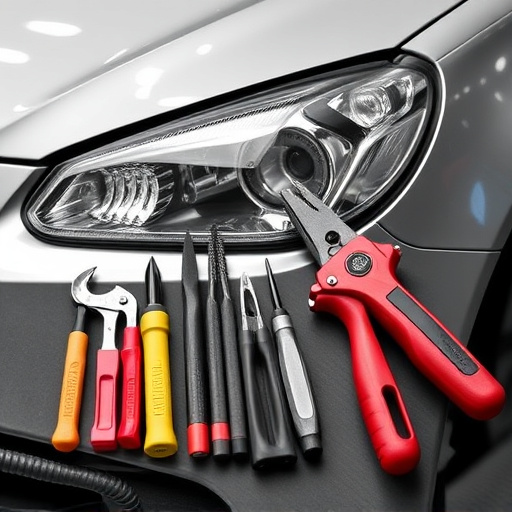
In today’s competitive automotive industry, body shops must embrace technological advancements to stay ahead and offer efficient services. This is where Integrated Mobile PDR (Paintless Dent Repair) steps in as a game-changer for stationary body shops. By utilizing specialized tools and techniques, PDR for body shops enables technicians to perform high-quality car paint repair, fender repair, and even intricate car scratch repair without the need for traditional painting or extensive bodywork.
This innovative approach unlocks numerous benefits for body shop operations. It streamlines the repair process, reducing time and labor costs significantly. Moreover, PDR’s precision ensures minimal disruption to the vehicle’s original finish, enhancing customer satisfaction and fostering loyalty. With mobile PDR services, body shops can expand their reach, offering on-site repairs, which is particularly advantageous for customers with busy schedules or limited mobility.
The Integration Process: Seamlessly Merging Mobile and Stationary Operations

The integration process of mobile PDR (Paintless Dent Repair) into stationary body shops involves a strategic merging of two distinct operational models. It begins with the adoption of advanced tools and technologies that enable mobile technicians to perform high-quality auto body repair right at the customer’s location, be it their home or workplace. This shift leverages the convenience and accessibility that mobile PDR offers.
Simultaneously, stationary body shops streamline their operations by adopting digital systems for scheduling, inventory management, and communication with customers. The seamless fusion of these mobile and stationary elements creates a unified workflow where information flows freely between the two environments. This integration not only enhances efficiency but also provides an unparalleled level of service to automotive collision repair customers, catering to their diverse needs and preferences.
Benefits of Adopting PDR Technology: Enhancing Customer Experience and Shop Performance
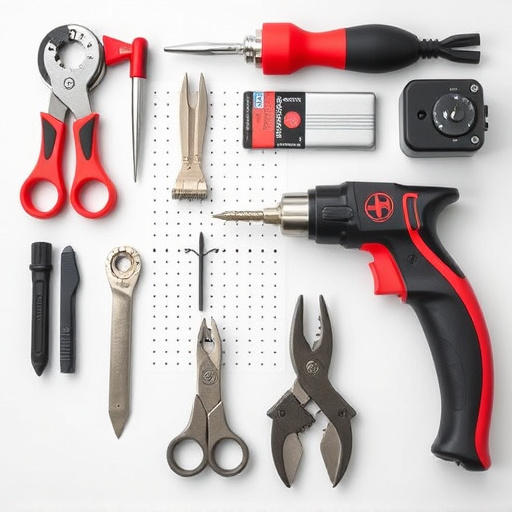
Adopting PDR (Paintless Dent Repair) technology offers significant advantages for both body shops and their customers. By integrating this innovative solution into their operations, collision repair centers can enhance their services and maintain a competitive edge in the automotive repair industry. PDR is particularly appealing as it allows for faster turnaround times without compromising quality or aesthetics. Customers benefit from quicker vehicle restoration, minimizing disruption to their daily routines.
Moreover, PDR technology streamlines the entire process, from initial assessment to final repair. This efficiency translates into improved shop performance, allowing body shops to handle a higher volume of work with reduced overhead costs. By leveraging PDR for body shops, automotive repair facilities can attract and retain customers who prioritize convenience, speed, and top-notch results, ultimately fostering long-term business success.
Integrating mobile PDR into stationary body shops offers a powerful solution for enhancing efficiency, precision, and customer satisfaction. By seamlessly merging mobile and stationary operations, body shops can unlock significant benefits, including faster turnaround times, reduced labor costs, and improved overall shop performance. Adopting PDR technology is not just a trend; it’s a strategic move that positions body shops for success in today’s competitive market, ensuring they remain at the forefront of the industry.
